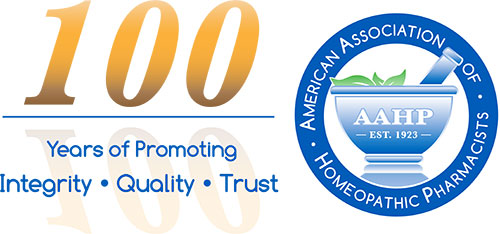FDA Guidance for Industry – Request for Quality Metrics

By Mark Land, AAHP President
FDA published its draft guidance, Request for Quality Metrics; Guidance for Industry1. Advancing the background on the initiative in general, this draft reveals 10 mandatory metrics emanating from manufacturing and laboratory systems. It also requests comments on three optional metrics: 1) senior management engagement, 2) the corrective and preventative actions (CAPA) program, and 3) product quality complaints and statistical process control.
FDA intends to request quality metrics data from owners and operators of each establishment that is A) required to register under with FDA under section 510, and B) engaged in the manufacture, preparation, propagation, compounding, or processing of the finished dosage forms (FDF) of a covered drug product, or an active pharmaceutical ingredient (API) used in the manufacture of a covered drug product. For purposes of these requests, a covered drug product would mean a drug product that is:
- Subject to an approved application under section 505 of the Federal Food, Drug & Cosmetic (FD&C) Act or under section 351 of the Public Health Service Act;
- Marketed pursuant to an over-the-counter drug monograph; or
- A marketed unapproved drug product.
Failure to report requested quality data may elevate an establishment’s predicted risk in FDA’s prioritization of inspections and may lead to an earlier inspection. In addition, products associated with an establishment that does not report as required under section 704(a)(4)(A) may be deemed adulterated under section 501 and subject to enforcement action.
In general, quality science tells us that relatively few metrics are needed to assess the maturity and effectiveness of a pharmaceutical quality system. FDA used the following criteria to select the quality metrics that it intends to calculate using requested data when this guidance is final:
“…metrics should be (1) objective, (2) subject to inspection under section 704 of the FD&C Act, and (3) valuable in assessing the overall state of quality of the product and process, commitment to quality by the manufacturer, and the health (i.e., effective functioning) of the associated product quality system (PQS), while (4) avoiding any undue reporting burden.”
What metrics are requested:
- The number of lots attempted of the product
- The number of specification-related rejected lots of the product, rejected during or after manufacturing
- The number of attempted lots pending disposition for more than 30 days
- The number of out-of-specification (OOS) results for the product, including stability testing
- The number of lot release and stability tests conducted for the product
- The number of OOS results for lot release and stability tests for the product that are invalidated due to lab error
- The number of product quality complaints received for the product
- The number of lots attempted that are released for distribution or for the next stage of manufacturing the product
- Confirmation that the associated annual product reviews (APR) were completed within 30 days of annual due date for the product
- The number of APR required for the product
FDA intends to ask industry to submit one report for each FDF and one report for each API of a covered drug product, which includes quality metrics data from each covered establishment that has the requested data. Metrics will be site specific by FDF and should be for drug products destined for the United States market. If it is impractical to isolate U.S.-only products, then all product metrics can be reported.
Using reported data described in the following section, FDA intends to calculate the following quality metrics for each product and establishment, where applicable:
- Lot Acceptance Rate = rejected lots/total lots attempted
- Product Quality Complaint Rate = product quality complaints/ total number of lots released
- Invalidated Out-of-Specification Rate = (OOS test results invalidated/total number of OOS test results)/ total number of tests performed
- Annual Product Review on Time Rate = APRs completed within 30 days of annual due date/the number of products produced at the establishment
Optional metrics:
Was each APR reviewed and approved by the following: 1) the head of the quality unit, 2) the head of the operations unit, 3) both, or 4) neither?
What percentage of your corrective actions involved re-training of personnel (i.e., a root cause of the deviation is lack of adequate training)?
- A “yes” or “no” value of whether the establishment’s management calculated a process capability or performance index for each critical quality attribute (CQA) as part of that product’s APR
- A “yes” or “no” value of whether management has a policy of requiring a CAPA at some lower process capability or performance index
- If “yes” to the above question, what is the process capability or performance index that triggers a CAPA? If “no” to the above question, please do not respond.
Given that homeopathic manufacturers produce in some cases hundreds of FDF metric development and management is likely to present organizational challenges, early assessment of requirements and reporting is important for timely compliance.
Reporting instructions are discussed in the guidance and readers are encouraged to review those requirements for specific implications for their organizations.
1 United States Food and Drug Administration. Request for Quality Metrics; Guidance for Industry, July 2015. Available at www.fda.gov/downloads/drugs/guidancecomplianceregulatoryinformation/guidances/ucm455957.pd
